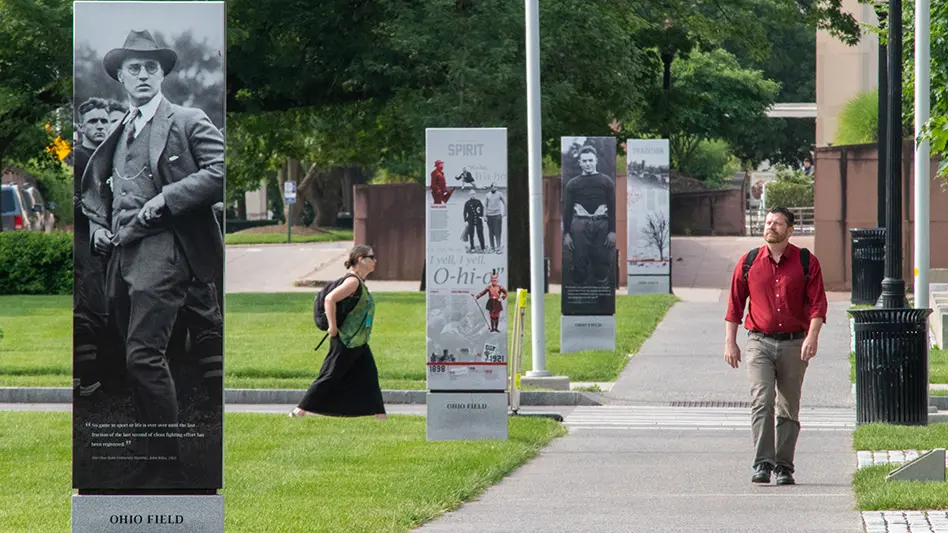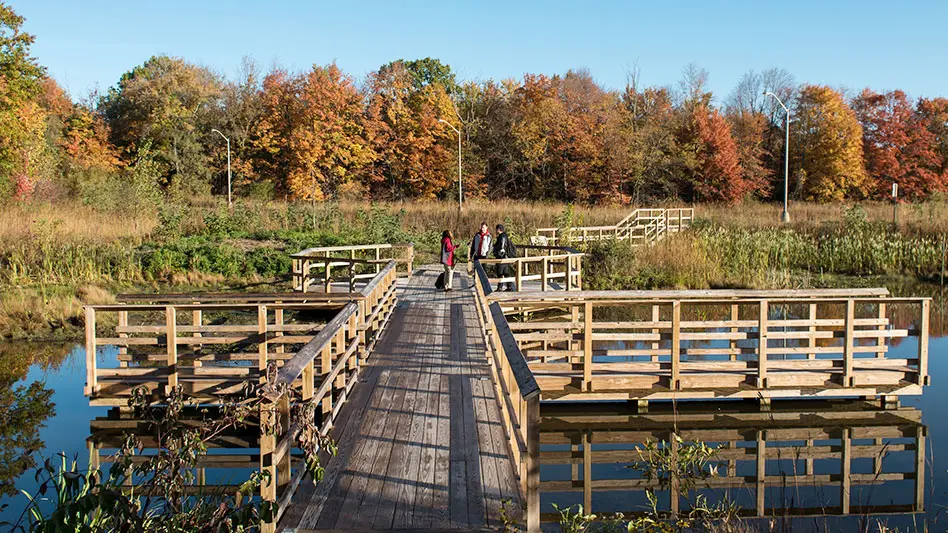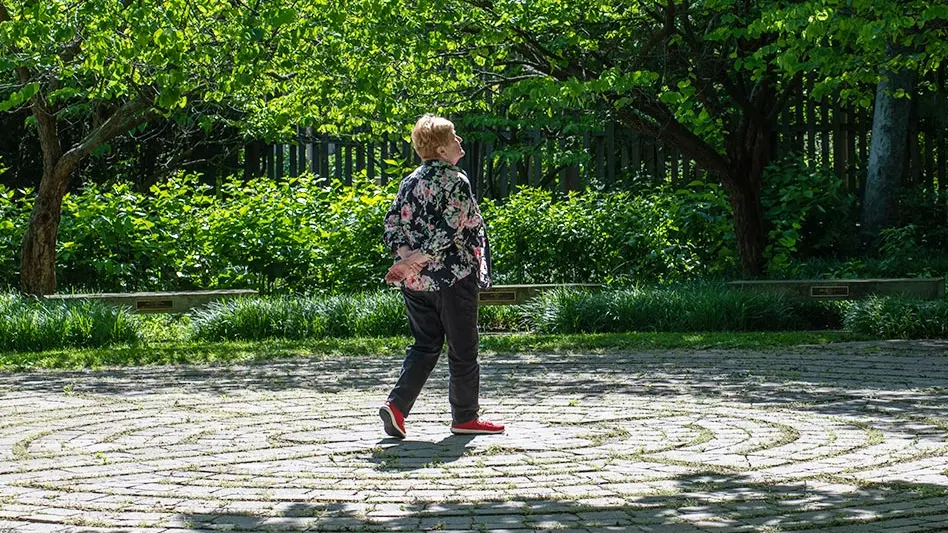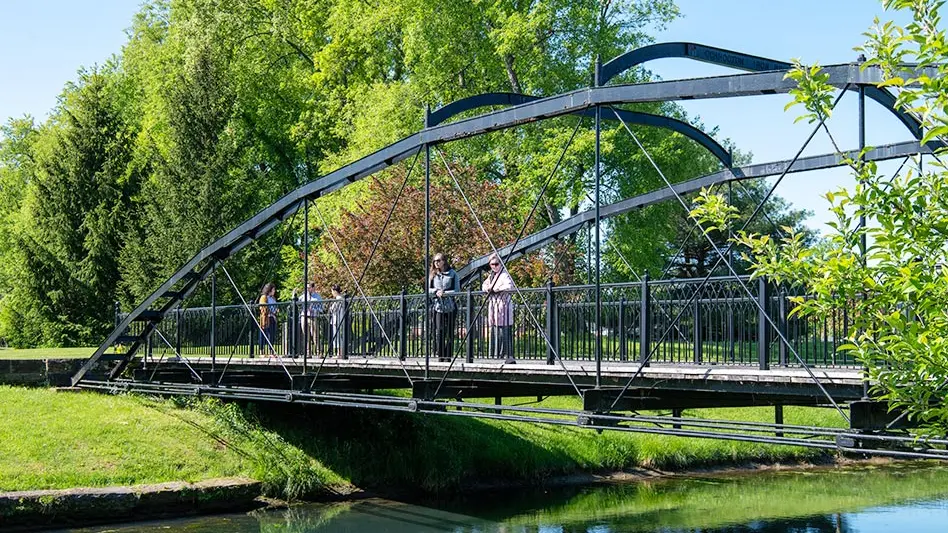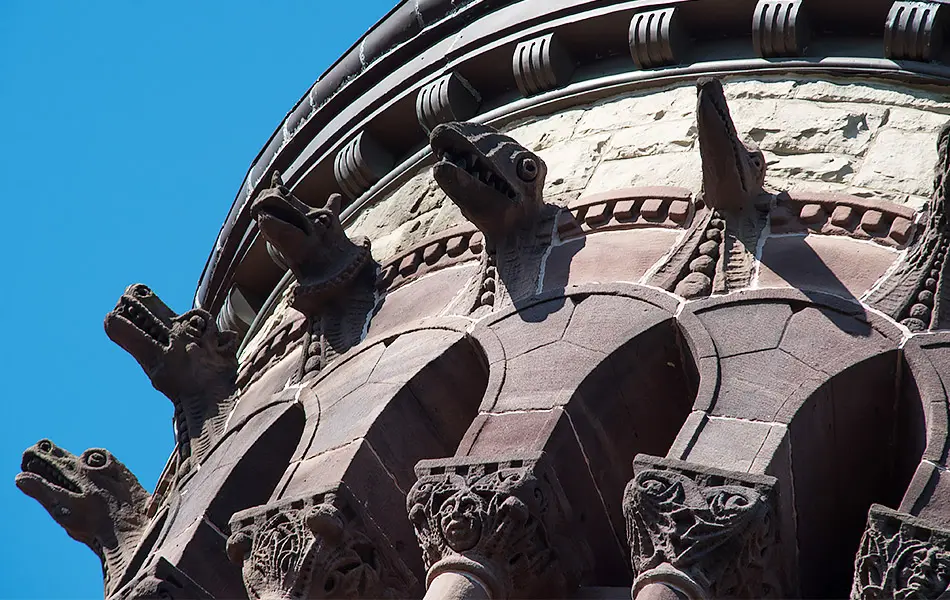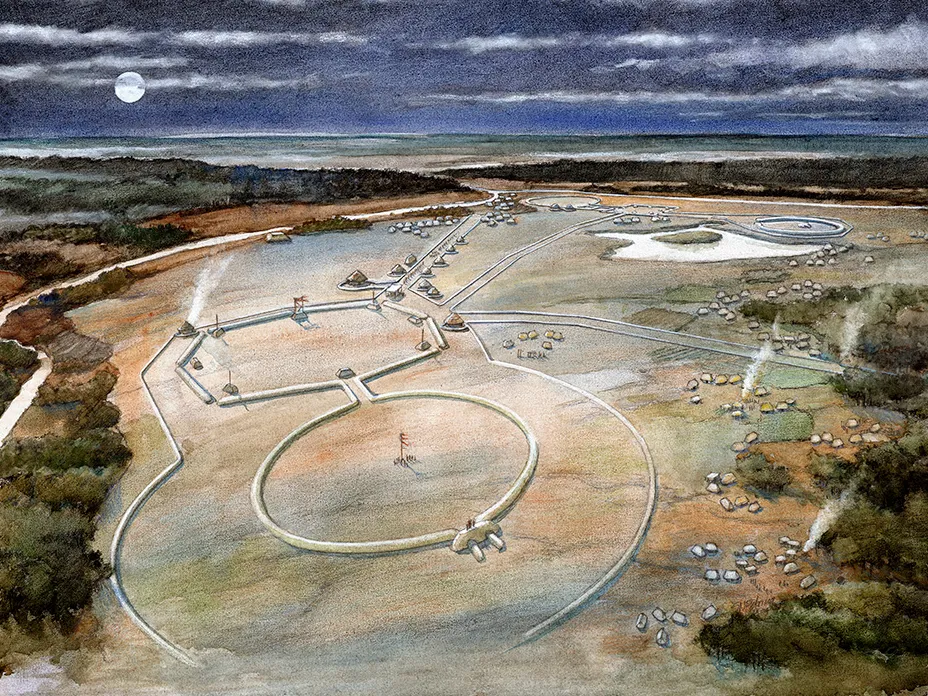10 hidden gems to explore
With autumn color approaching, there’s no better time for a road trip across scenic Ohio. We’ve got 10 suggestions for gems to explore on Ohio State campuses.

Ohio Field site
At North High Street and East Woodruff Avenue, a half-acre park marks the site of Ohio Field, which served as the university’s football field from 1898 until Ohio Stadium was completed in 1922. Yard markers and signage tell the history of the field, where Ohio State’s first football hero, Chic Harley, once played.
Mirror Lake District
The restored Mirror Lake unveiled last year represents a return to the basin’s origins as a bog with a clay bottom, sloping edges and native plants along the banks. New walkways, increased seating and upgraded Wi-Fi make the area a popular gathering place for faculty and students as well as returning alumni.
Mansfield Campus EcoLab
In recent years, the Mansfield campus has put energy into making its natural wetlands and woods more accessible, converting the area’s natural diversity into a bigger asset. Linger on a vernal-pool boardwalk bridge to take in the peaceful wetlands and observe the varied plants, animals and insects that make their home there.
Buckeye Forest at Secrest Arboretum
Secrest Arboretum, a 110-acre outdoor laboratory and landscape garden on the Wooster campus, provides free family fun 365 days a year. The Buckeye Forest play area was designed to give children ways to interact with the natural world through an outdoor play fortress offering climbing rocks, concrete tunnels and an embankment slide.
Labyrinth Garden at Chadwick Arboretum
Modeled after a medieval French labyrinth, the Lois B. Small and Gladys B. Hamilton Labyrinth is a one-way path designed for contemplative walking. During walks on the labyrinth, the mind quiets, the breath slows and time stretches out, making this the perfect path for prayer or meditation.
Underground Railroad stops
Two sycamore trees flanking John H. Herrick Drive once marked an Underground Railroad trail along an old stream linking Mirror Lake to the Olentangy River. As Chadwick Arboretum Director Mary Maloney explains, moisture-loving sycamores have a light, marbled bark that glows in the moonlight, making them good markers for the streams and rivers that provided a natural route for former slaves.
Rodrick Bridge
Located at Ohio State Newark, the Rodrick Bridge is the only known example of a “Whipple Arch” bridge not located in New York state. Patented by engineer Squire Whipple, this rare type of cast-iron bowstring truss bridge was built by Coshocton Iron Works in Coshocton County, Ohio, and later relocated to Newark, where it carries a pedestrian and bike path over a stream.
Urban Arts Space rooftop garden
Open for tours, the gallery’s vibrant rooftop garden provides fantastic views of downtown Columbus. Located atop the former Lazarus Building, the rooftop garden is home to hearty perennial sedums, grasses, herbs and wildflowers. During warm-weather months, it attracts butterflies, bees, crickets, ants and even ducks.
Orton Hall grotesques
The bell tower gets all the glory, but Orton Hall, one of the university’s oldest buildings, also is home to 24 grotesques well worth ogling. Situated in a ring around the bell tower, the stone carvings represent the prehistoric creatures that lived in Ohio during ancient times.
Spirit of Women Park
On the bustling medical campus, the Chlois Ingram Spirit of Women Park commemorates the strength of women and provides a restorative space for visitors to relax and reflect. The park’s centerpiece is a 175-foot crescent reflecting pool with a fountain that falls on thousands of glass tiles depicting drawings and letters to women from family and friends.
